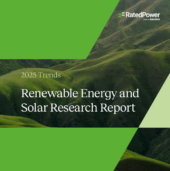India has signalled that the future of mobility is electric. The economics of vehicle electrification are improving, with battery pack prices decreasing from about Rs 75,000/kWh in 2010 to Rs 13,000/kWh in 2019. Despite a dip in EV sales in 2020, due to the economic effects of COVID-19, confidence in India’s EV future will continue to grow as technology costs decline further, operators gain experience with EVs, and new business models prove their viability. Yet, many well-documented barriers to EV adoption remain, ranging from technology cost to infrastructure buildout to consumer behaviour.
The public and private sectors are diligently working together on solutions to each of these barriers. These solutions include:
• Production-Linked Incentive (PLI) Scheme, with an outlay of INR18,100 crore (USD2.4 billion) for the Advanced Chemistry Cell battery sector
• Faster Adoption and Manufacturing of Electric Vehicles (FAME) India Scheme, Phase II with an outlay of Rs 1,000 crore (USD135 million) for the deployment of charging infrastructure The need of the hour, however, is the mobilisation of capital and finance towards EV assets and infrastructure.
According to this report, the quantum of capital and finance required for India’s EV future is considerable. Between 2020 and 2030, the estimated cumulative capital cost of the country’s EV transition is Rs 19.7 lakh crore across vehicles, charging stations, and batteries. The projected size of the annual loan market for EVs is Rs 3.7 lakh crore in 2030.













